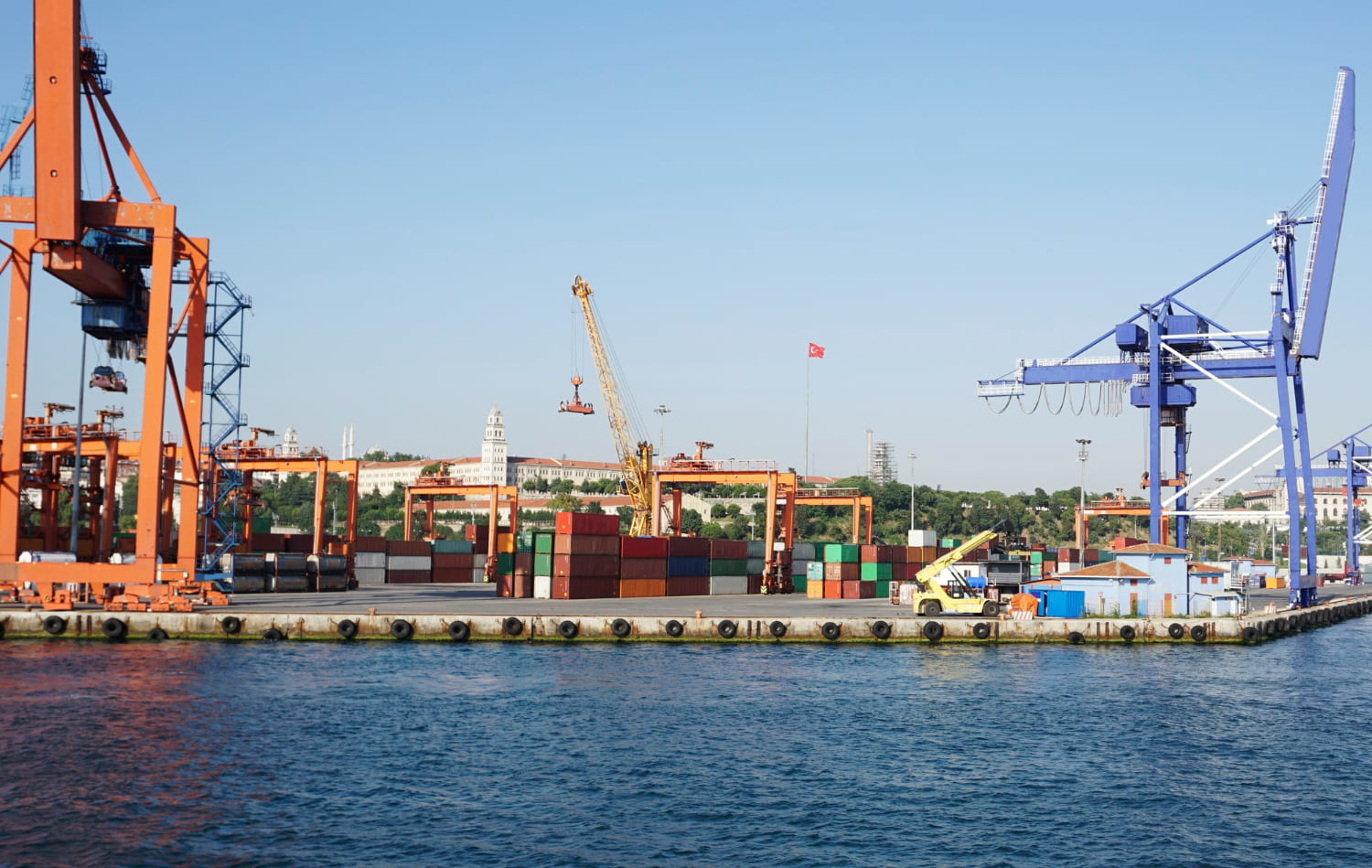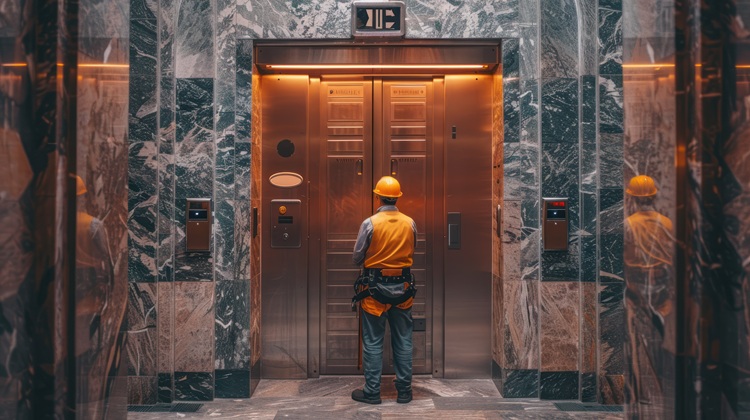A Comprehensive Look at the Different Types of Lifts
Post Date : Apr 08, 2024
Lifts play a crucial role in various industrial and commercial activities. Different types of lifts offer unique advantages and applications, making it essential for businesses and individuals to understand their purposes. In modern architecture, lifts are essential for vertical transportation in buildings of all sizes. However, not all lifts serve the same function. Let's take a closer look at the various types of lifts, exploring their functionalities, benefits, and when they're best used.
1. Passenger lifts
These lifts are among the most common types found in buildings worldwide, serving residential, commercial, and public spaces. Designed primarily for moving people between floors, they vary in size to accommodate different capacities. Equipped with safety features like emergency stop buttons and automatic doors, these lifts prioritize user comfort and security.
In a bustling office building scenario during peak hours, the passenger lift efficiently transports employees between floors, reducing crowding in stairwells and ensuring smooth vertical movement throughout the building.
2. Cargo Lifts
Unlike passenger lifts, cargo lifts are purposefully designed for the transportation of heavy or bulky items in commercial settings. These lifts are built with larger dimensions and increased weight capacities to accommodate various types of cargo loads. They are commonly found in warehouses, factories, retail stores, and restaurants, where they play a vital role in optimizing logistical operations and facilitating the smooth movement of goods.
Imagine a busy warehouse buzzing with activity. A cargo lift efficiently moves pallets loaded with inventory between floors, improving workflow and reducing the physical strain on warehouse staff.
3. Service Lifts
Service lifts, also known as dumbwaiters, are compact elevator systems designed for transporting lightweight items like food, documents, or laundry within confined spaces. They are commonly installed in hotels, restaurants, hospitals, and residential buildings to ease service operations and reduce physical strain on staff. Service lifts stand out for their smaller size and specialized functionality tailored to specific service tasks.
Picture a busy restaurant kitchen, a service lift efficiently moves dishes from the cooking area to the dining hall, ensuring quick service and minimizing disruptions in the bustling environment.
4. Residential Lifts
These lifts offer convenient vertical transportation within homes or apartments. Crafted with aesthetics and space-saving features in focus, these lifts effortlessly blend into the architectural design of residential spaces. They provide accessibility solutions for individuals with mobility challenges and enhance the overall value and functionality of residential properties.
Picture a multi-story luxury residence, a residential lift seamlessly connects different levels, granting residents of all ages effortless access and enhancing convenience and accessibility within the home.
5. Gantry Lifts
These lifts are outdoor lifting devices, frequently seen in construction sites, shipyards, and large outdoor areas. The most familiar type is the gantry crane, employed for lifting and moving heavy objects. Other kinds include monorails, used for transporting personnel and materials, and aerial lifts, which raise personnel to higher levels. These lifts are crucial for streamlining operations and ensuring efficiency in various outdoor environments.
Picture construction sites and shipyards, gantry cranes hoist heavy loads, while monorails shuttle materials and personnel swiftly. Aerial lifts elevate workers, ensuring efficiency and safety outdoors. These essential devices streamline operations in various outdoor environments.
6. Fixed Lifts
These lifts are permanently installed and come in various sizes. The most common type is the overhead crane, used for lifting heavy objects like machinery and building materials. Other types include jib cranes, which lift objects at different angles, and gantry cranes, which move objects horizontally.
In factories, the overhead crane smoothly lifts heavy machinery, while the jib crane handles objects at different angles. Meanwhile, the gantry crane swiftly moves materials, ensuring efficient operations on the floor.
Conclusion
In conclusion, lifts are vital in both industry and commerce. Knowing the different types of lifts and their uses is crucial. Passenger lifts aid vertical movement in buildings, while cargo lifts streamline operations in warehouses. Service lifts help in hospitality, and residential lifts enhance home accessibility. Outdoors, gantry lifts and fixed lifts play essential roles in construction sites, port operations, etc.
In everyday settings like offices, warehouses, and restaurants, lifts make tasks easier and safer. Whether it's moving people, goods, or materials, lifts are vital components of modern infrastructure, contributing to the seamless functioning of various sectors. As technology advances and architectural needs evolve, the importance of lifts continues to grow, making them essential elements in the fabric of our built environment.






